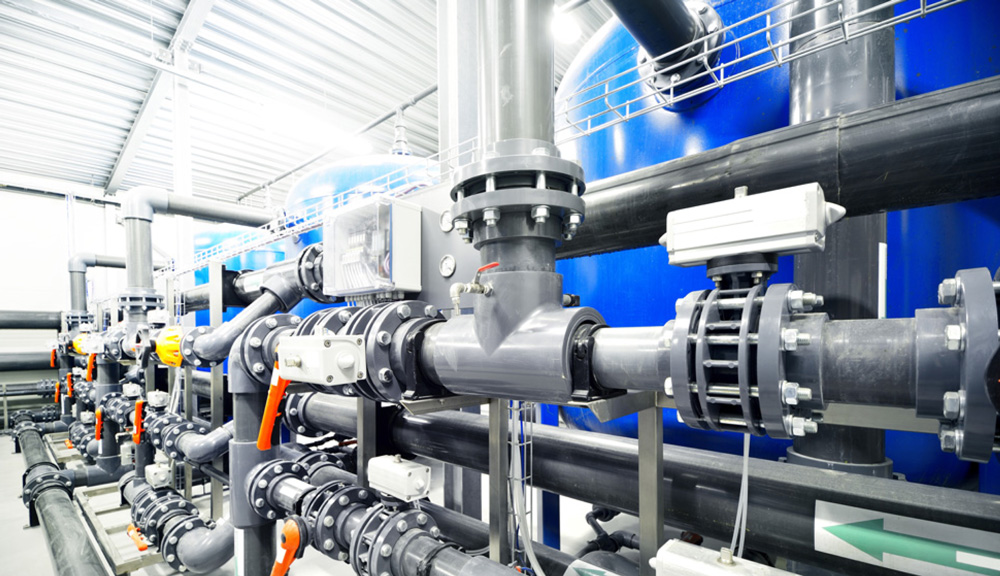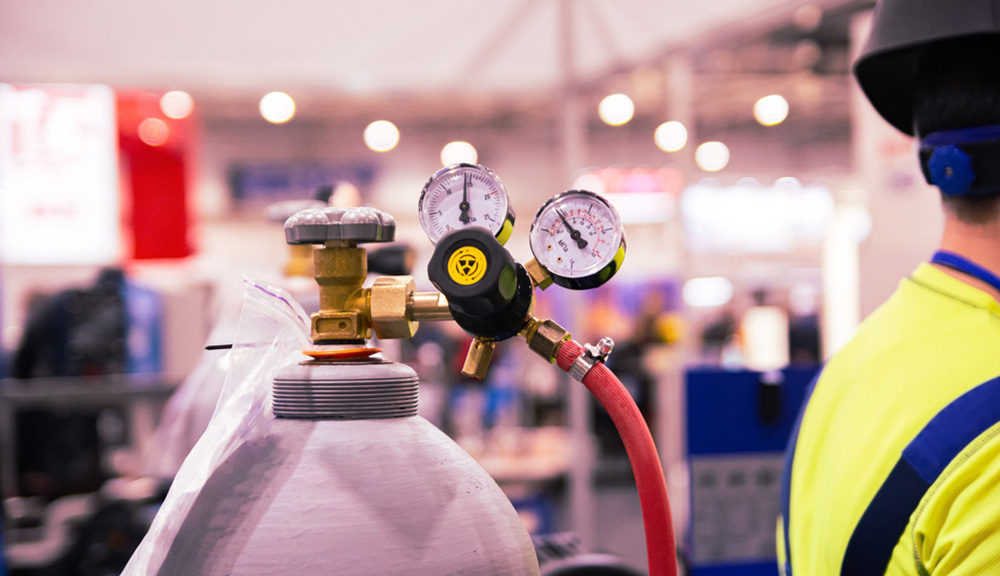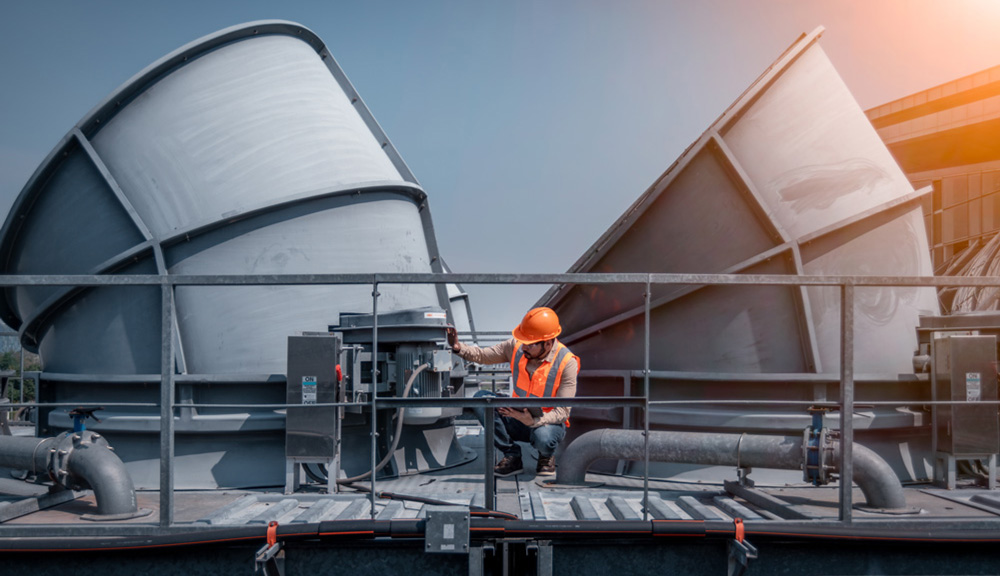Eco-Efficient Buildings: Harnessing the Power of Facility Management Software

Commercial buildings are major energy, water, and gas consumers, contributing to environmental degradation and climate change. So, to reduce their environmental impact, businesses need to adopt eco-friendly practices.
Facility management software (FMS) can help building owners and managers achieve their environmental safety goals by providing real-time monitoring, control, and reporting of energy, water, and gas consumption.
But how does FMS do that?
This article will explore how FMS can reduce media consumption and protect the environment. We'll also give you practical examples of how FMS can be used to make commercial buildings more eco-efficient.
How to Use FMS to Reduce Media Consumption in Commercial Buildings
According to the US Department of Energy, using FMS can reduce energy consumption by up to 15% in commercial buildings, allowing building owners and managers to save money, protect the environment, and create a more sustainable future.
But that's not all.
Reducing energy consumption can also have other benefits. Let's look at how FMS can help reduce energy, water, and gas consumption in commercial buildings.
We'll discuss the following media types:
1. Energy
2. Water
3. Gas
1. Energy
Energy is a crucial resource in commercial buildings, and reducing energy consumption is essential to making buildings more eco-friendly.
With the help of a facility management system, building owners and managers can track and control energy consumption in real-time, reducing waste and costs.

Here are some of the ways FMS can reduce energy consumption in commercial buildings:
-
Monitoring Usage Patterns and Reducing Standby Power
FMS can track energy consumption patterns in real-time, allowing building owners and managers to identify areas where energy is being wasted.
For example, by using FMS, it is easier for managers to control lights or which equipment is left in standby mode. With the aid of a sensor that measures the ambient light, it can be determined why and how much electricity is needed. Using motion sensors to detect, for example, when a conference room is unoccupied, it is easier to reduce standby power, save energy, and extend the equipment's life.
-
Optimizing HVAC Systems
FMS supports optimizing heating, ventilation, and air conditioning (HVAC) systems by controlling temperature settings, ensuring that rooms are only heated or cooled when used.
Plus, when integrated with a computer-aided facility management (CAFM) system, they can provide real-time data on the temperature in different building areas, allowing building managers to control commercial building energy consumption.
Moreover, facility management software simplifies the management of conducting regular inspections. It enables fulfilling tasks on time, provides a clear overview of the work history, and prevents unnecessary errors, paperwork, and downtime of equipment. This improves accountability and workflow while reducing costs and energy consumption.
-
Performing Energy Audits
FMS can be used to conduct energy audits, which can help identify areas where energy is being wasted. By making changes to these areas, the software can help to reduce energy consumption.
For example, many lights in large office buildings are left on overnight even when the buildings are unoccupied. The FMS-provided lighting data helps decide which lights could be programmed to switch off when the building is empty, reducing energy waste and saving costs.
-
Conducting Real-Time Monitoring
The software can monitor real-time energy consumption, allowing building managers as well as tenants to identify areas where energy is wasted quickly. This can help to reduce energy consumption in real-time.
For instance, FMS could provide reports to facility managers on energy usage in various building sections, such as conference rooms, allowing them to identify patterns and make changes to reduce energy wastage in the future.
-
Purchasing Energy-Efficient Equipment
A facility management system can be helpful to make data-based decisions about the purchase of energy-efficient equipment, such as LED lighting, which can significantly reduce energy consumption.
For example, a hospital can use FMS to track its energy consumption and identify areas where energy-efficient equipment can be installed, helping it save money, reduce its carbon footprint, and contribute to a more sustainable future.
2. Water
According to the Environmental Protection Agency (EPA), commercial and industrial facilities account for almost 20% of US water consumption. This highlights the need to find ways to reduce water usage in commercial buildings.
Facility management software (FMS) provides an opportunity to do just that. Commercial buildings can save water, lower water bills, and protect the environment by implementing water conservation measures using FMS.

Here are a few other ways FMS can help conserve water:
-
Monitoring and Measurement
FMS provides real-time monitoring of water usage. Thanks to the integration with IoT sensors, it can detect leaks, track water consumption patterns, and measure water usage in different building areas. This data can be used to identify areas where water usage is high so that conservation measures can be taken.
-
Reporting and Visualization
FMS, like Singu FM, gives access to building energy consumption data, such as benchmarks, charts, and graphs, making it easier to track water consumption in the building portfolio over time, identify areas for improvement, and make data-based, informed decisions.
3. Gas
Using natural gas for heating and powering equipment contributes significantly to greenhouse gas emissions and the depletion of non-renewable resources. Gathering data about such consumption is especially crucial regarding ESG reporting.
And as many commercial facilities rely on resources like gas, they're increasingly plagued with environmental concerns. But by using FMS which supports gas consumption reduction, facilities can improve energy efficiency and reduce their carbon footprint while saving on energy costs.

Here are other ways FMS can support reducing commercial building gas consumption:
-
Monitor Usage
One of the first steps in reducing gas consumption is to monitor usage patterns. By using facility management systems like Singu FM, facility maintenance personnel, tenants, an other involved parties can identify areas where gas usage is high and take steps to reduce it.
Plus, Singu FM can provide real-time data visualization and reports to track consumption across multiple facilities and identify high-usage areas, equipment, and times, optimizing equipment performance and saving costs.
-
Upgrade Equipment
Replacing outdated and inefficient equipment with energy-efficient models can significantly reduce gas consumption, helping facilities save money and reduce their carbon footprint, which enables them to combat climate change. With digital data such as guarantees, repair history, production date, etc., gathered in a centralized facility management system, the condition of the equipment can be monitored more effectively.
In fact, according to the US Department of Energy, upgrading to a high-efficiency gas heating system can reduce gas consumption by up to 30% compared to a traditional system. This leads to a decrease in greenhouse gas emissions, contributing to a cleaner and healthier environment.
Plus, high-efficiency systems require less maintenance, reducing costs and equipment failure risk.
-
Implement Best Practices Based on Data Gathered in Facility Management System
There are many best practices for reducing gas consumption, such as the following:
- Reducing the use of standby power
- Turning off lights and equipment when not in use
- Using natural daylight whenever possible.
These practices can help reduce gas consumption by as much as 10%. Plus, by reducing standby power, turning off lights and equipment when not in use, and using natural daylight, facilities can save significant amounts of energy and reduce their carbon footprint.
They can also extend the life of their equipment and reduce the need for maintenance and repairs, making it easier and more cost-effective to manage facilities.
-
Implement Energy-efficient Technologies
Many energy-efficient technologies can help reduce gas consumption by up to 20%, such as:
- Building automation systems
- Smart metering systems
- Computer-aided facility management systems
- Energy-efficient lighting.
-
Conduct Regular Predicitive Maintenance
Conducted with the use of CAFM software regular predictive maintenance of heating and cooling systems, boilers, and other gas-powered equipment can help ensure these systems operate at peak efficiency and reduce gas consumption. It can also improve air quality by removing dust, dirt, and other particles from the air, ensuring that heating and cooling systems, boilers, and other gas-powered equipment are operating at peak efficiency.
Additionally, FMS, through its capability to track and manage all planned maintenance, supports creating an efficient maintenance plan to ensure that checks are completed on time and that repair costs are minimized. It is easier to manage the maintenance team and maintain devices as well as buildings with such easy scheduling software, reminders, and all relevant information on hand.
The Takeaway
Facility managers need to take control of energy, water, and gas consumption in buildings to save money, decrease resource wastage, and reduce greenhouse emissions which is also important regarding ESG reporting. They can do that by using IoT sensors and smart metering, making facility maintenance easier.
Plus, facility management software like Singu FM, integrated with various IoT sensors, and equipped with ESG add-on, can give managers access to facility data, benchmarking metrics, and charts, helping them understand media consumption across target areas and make informed decisions to reduce costs.

So, if you're looking for an FMS system to implement eco-efficient solutions across your commercial facility, you can check out Singu FM. It'll help you record enough building energy, water, and gas consumption data to kickstart environmentally-friendly changes.
Author: Velis
Follow Us
TRENDING POST
Tags
- Proptech (45)
- Real Estate Services (22)
- IoT (17)
- Singu Tenant App (16)
- Facility Management (14)
- Events (7)
- AI (6)
- ESG (6)
- Smart Security (5)
- BIM (4)
- Guest Management (3)
- 2019-03-06 (2)
- 2019-04-02 (2)
- workplace (2)
- Digital Twin (2)
- VR (2)
- Blockchain (2)
- retail (2)
- 2019-04-06 (1)
- 2019-04-03 (1)
- 2019-03-12 (1)
- 2019-05-14 (1)
- 2019-04-04 (1)
- 2019-03-15 (1)
- 2019-06-04 (1)
- 2019-06-25 (1)
- coworking (1)
- CMMS (1)
- Construction (1)
- 2019-04-03-04 (0)






